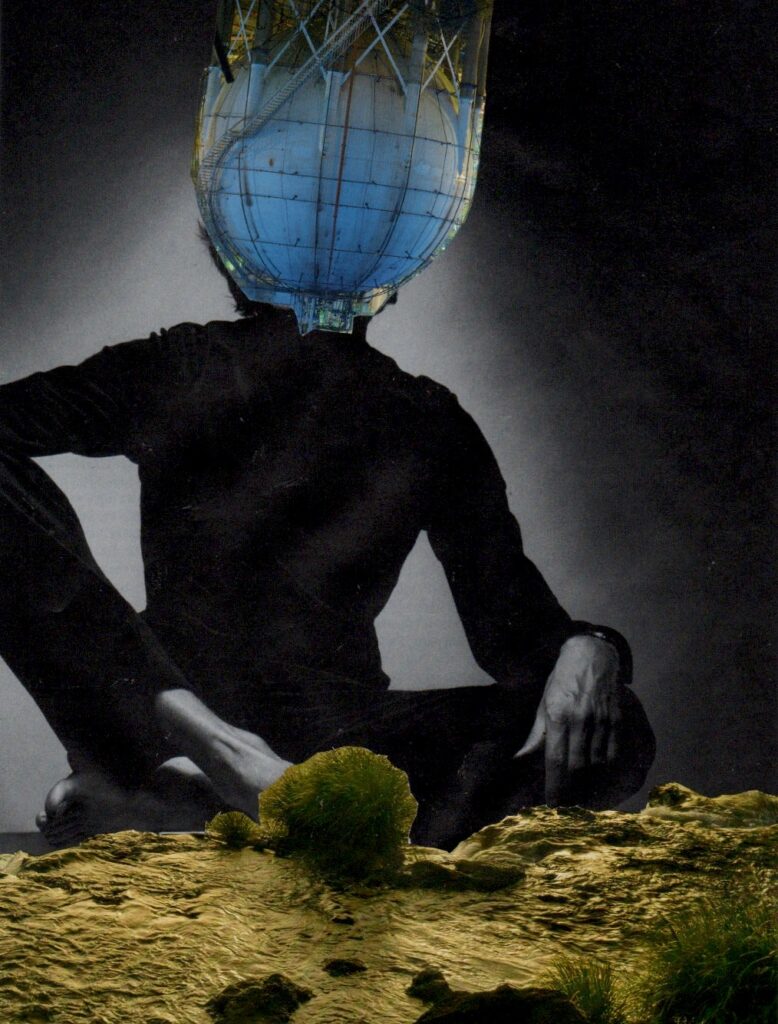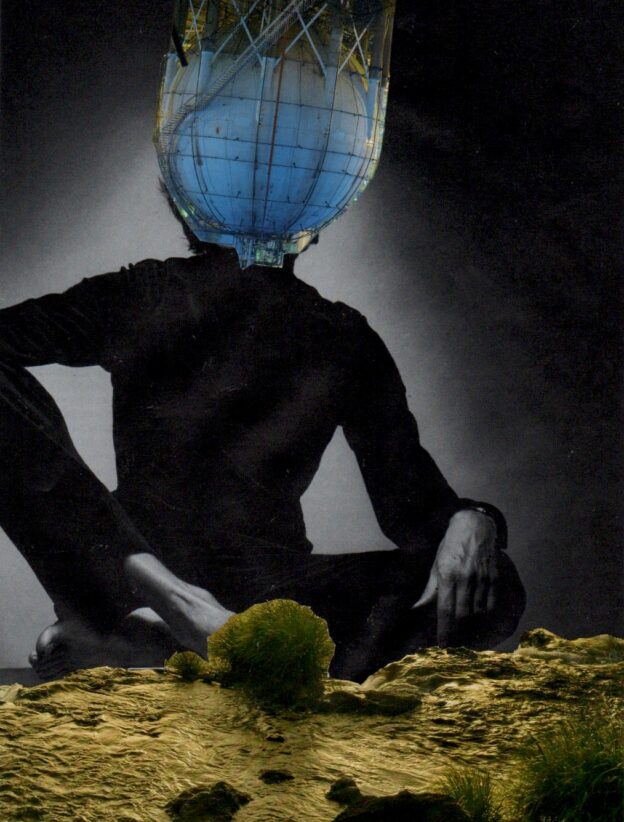About 2400 years ago, Aristotle in his Art of Rhetoric, mused that the young live on hope while the old live on memory. Plato on the other hand in The Republic, observed that ageing brings on disengagement not only because of declining strength, but also because of the detachment from the goals of younger people, such as the accumulation of wealth. Plato maintained that these materialistic endeavours were superseded by the metaphysical. With old age, came wisdom.
This view anticipated the work of Robert Butler in 1963, who introduced the concept of “the life review.” The elderly person reviews his or her major decisions, values, achievements, failures, regrets and relationships. The basis of this life review is the recognition that death is approaching, and therefore judgements can be revised according to various contexts.
Sigmund Freud attempted to bridge the divide between philosophy and science. He theorised that personality development occurs in stages, linked to libidinal energy. Psychosexual development follows the three basic stages of id, ego and superego. The id is primal and drives people to follow their basic needs. On the other side of the spectrum, the superego represents the lofty ideals in personality. Here the person perceives the high morals and values demanded by parents and culture. The ego on the other hand is the compromise between id and superego, the ability to live life realistically and be contented. Failure to develop accordingly leads to difficulties in adulthood.
While the point of departure for Jean Piaget was cognitive development and for Lawrence Kohlberg the growth of moral thought, Erik Erikson developed a theory of psychosocial development based on Freud’s work.
While Freud emphasised libidinal urges, Erikson expanded his theory to include social relationships and challenges across the entire lifespan. Freud focussed on the id, while Erikson stressed the ego, culture and society. For Erikson, this lifespan can be divided into eight stages, each with its own challenges which must be mastered in a particular predetermined order. When the residue of failed challenges/crises builds up, the person struggles with issues such as trust, independence and identity at a later stage. The ultimate aim is a maturation process that integrates life skills and abilities.
In the first five years of life, the child grapples with trust–mistrust, autonomy–shame and initiative–guilt. From age 5-18, the challenges are industry–inferiority and ego identity–role confusion. Following these, development continues with crises of intimacy–isolation, generativity–stagnation and finally ego integrity–despair. The latter is the culmination of a life that has meandered from crisis to crisis, but usually overcome to some extent.
Other major psychosocial theories of development are Robert Atchley’s continuity theory, whereby the elderly attempt strategies to connect to their past relationships, activities and behaviours. Cumming and Henry’s disengagement theory is the converse, viz., the aged person loosens ties and withdraws from others, a process reinforced by deaths within his/her social circle. In contrast, and similar to Atchley, Robert Havighurst reacted against disengagement theory with his activity theory. He asserted that successful ageing, satisfaction and quality of life depend on maintaining relationships and activities.
Complementing Erikson’s theory is General System’s Theory. Applied to behaviour, Jay Haley described how personality characteristics and styles of communication are reinforced and maintained by various elements in a person’s milieu. Accordingly, these significant others help perpetuate homeostasis. This homeostasis, or constant stability, could be both functional or dysfunctional, which for the elderly, means a sense of integrity and contentment, or despair leading to alienation, bitterness, and depression.
Erikson’s theory is an optimistic one. Despite the possibility of negative outcomes in the designated stages, there is the potential for redirection and change.
When contemplating youth and ageing, ancient Greek philosophers therefore showed remarkable insight.
Since then, we have come a long way in pinpointing and scrutinising smaller segments of human development. The explosion of technology in the last decades has added new dimensions to the challenges faced by each stage.
When Erikson formulated his theory, the first space satellite had been launched barely two years previously. Yet despite the advances in technology, Erikson’s stages of development are still valid and together with other theories, offer a practical guide and point of departure in mentoring. All the above mentioned theories are different paths offering different truths.
Together they are relevant to the problems of the elderly in an age of increasing acceptance of interventions such as senior citizens’ residence and even euthanasia. But these paths have by no means been fully explored or applied to those that most need them.
The counsellor’s challenge when required, is to become a significant element in the elderly person’s psychosocial system, disrupt the homeostasis and promote a process of ageing that is consistent with inner peace and contentment.
Written by RON JONTOF-HUTTER
Originally published MARCH 2017

Artwork by KATE HOLFORD
© Copyright for all texts published in Stillpoint Magazine are held by the authors thereof, and for all visual artworks by the visual artists thereof, effective from the year of publication. Stillpoint Magazine holds copyright to all additional images, branding, design and supplementary texts across stillpointmag.org as well as in additional social media profiles, digital platforms and print materials. All rights reserved.



